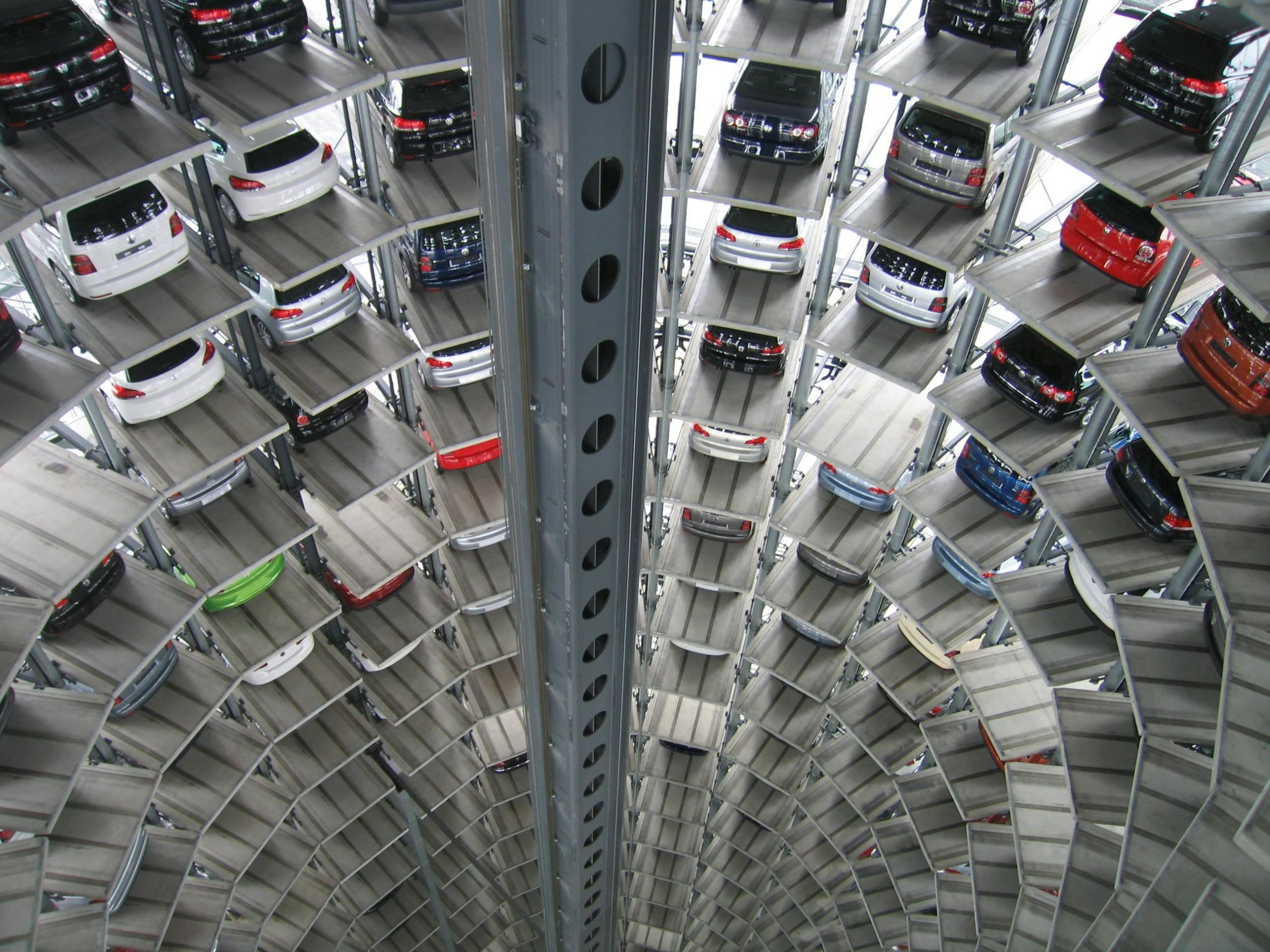Smart Parking Solutions for Strata Buildings to Optimise Space and Efficiency
Strata buildings are the cornerstones of the contemporary housing infrastructure in the constantly changing urban landscape. These apartment buildings provide convenience, safety, and a feeling of neighbourhood to their occupants. But parking management is a problem that strata buildings frequently face. For both residents and strata management, finding effective parking solutions becomes crucial due to space constraints and an increase in the number of vehicles.
Strata management plays a pivotal role in addressing the parking needs of residents while ensuring the effective utilization of available space. From implementing smart technologies to fostering collaborative initiatives, proactive management strategies can transform parking challenges into opportunities for optimization and efficiency.
The Role of Strata Management
Effective strata management is essential for maintaining harmony within residential complexes. When it comes to parking, strata managers are tasked with balancing the competing interests of residents, maximizing space utilization, and implementing fair policies. They serve as facilitators, coordinators, and enforcers, ensuring that parking regulations are upheld and solutions are tailored to meet the unique needs of each building.
One of the primary responsibilities of strata management is to conduct regular assessments of parking demand and availability. By understanding the dynamics of resident vehicle ownership and usage patterns, managers can identify potential bottlenecks and devise proactive strategies to alleviate congestion and optimize space utilization.
Moreover, strata managers play a crucial role in fostering communication and collaboration among residents. Open channels of communication allow for the exchange of ideas, concerns, and suggestions regarding parking issues. By soliciting feedback and involving residents in decision-making processes, strata management can foster a sense of ownership and collective responsibility, leading to more effective parking solutions.
Smart Parking Technologies
In the digital age, smart parking technologies offer a plethora of innovative solutions for optimizing parking management in strata buildings. These technologies leverage sensors, data analytics, and mobile applications to streamline parking processes, enhance efficiency, and improve the overall resident experience.
One such technology is automated parking systems, which utilize robotic platforms to stack and retrieve vehicles in compact spaces. These systems not only maximize parking capacity but also reduce the need for large parking footprints, freeing up valuable real estate within strata buildings for other purposes.
Additionally, sensor-based parking guidance systems provide real-time information on parking availability, helping residents locate vacant spaces quickly and efficiently. By reducing the time spent circling the parking lot in search of a spot, these systems minimize congestion and contribute to a smoother traffic flow within the building.
Furthermore, mobile parking applications enable residents to reserve parking spaces in advance, pay for parking fees electronically, and receive notifications regarding parking availability and restrictions. These apps offer convenience and flexibility while empowering residents to manage their parking needs effectively from their smartphones.
Collaborative Parking Solutions
In addition to technological advancements, collaborative parking solutions can further optimize parking management in strata buildings. Shared parking agreements, for instance, allow residents to rent or exchange parking spaces based on their respective needs and schedules. By pooling resources and coordinating parking arrangements, residents can maximize space utilization and minimize the prevalence of underutilized parking spots.
Furthermore, carpooling initiatives promote sustainable transportation practices and reduce the overall demand for parking spaces within strata buildings. Strata management can incentivize carpooling by offering preferential parking rates or designated carpool parking areas for residents who choose to share rides.
Moreover, strategic partnerships with nearby businesses or parking facilities can provide overflow parking options for residents during peak hours or special events. By leveraging external resources, strata buildings can alleviate parking pressure and ensure that residents have access to adequate parking spaces when needed.
Conclusion
Effective parking management is essential for optimizing space and efficiency in strata buildings. By adopting smart technologies, fostering collaboration, and implementing proactive strategies, strata management can address parking challenges effectively while enhancing the overall resident experience. With innovative solutions and a proactive approach, strata buildings can unlock the full potential of their parking infrastructure, creating a seamless and convenient living environment for residents.

